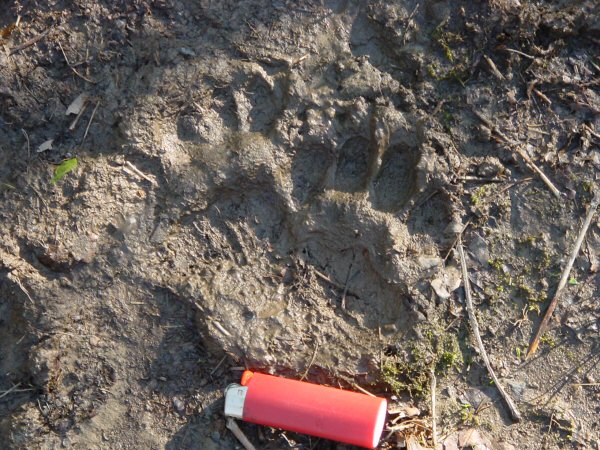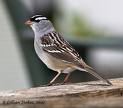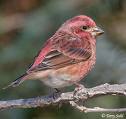The last post here about mountain lions possibly roaming our Pennsylvania woods, and walking in front of my game camera, was only the partial story. In May, 2002, there was a terrific rain storm, that caused the creek on our property to swell and muddied the paths leading to our back pond, and our campsite. There on the muddy path we found large animal prints. A quick search on the internet confirmed what we suspected; they looked like cat prints, and they were larger than any bobcat. The first thing I should have done was make plaster casts of the best

Prints with full sized 3 1/2" bic lighter for scale

Bear tracks
prints. But I didn’t. Little did I know that skeptics don’t believe visual evidence and do their level best to explain it away.
There were over 30 prints all together, ending at the edge of our campsite. A few nights later my husband and I walked down to the back pond to check the drains, as it had rained yet again. It was 10 pm with a good fog rolling through the woods and over the pond. As we walked around the pond all of a sudden we heard the unmistakable sound of a cougar scream, only with snarling mixed in. It sounded close, very close by in the next field. My heart was in my throat with every hair standing on end as my husband took out his pistol and fired two shots into the air. We high tailed it out of there as quickly as we could walk.
The next afternoon, emboldened by bright sunshine and just plain curiosity, I walked back there alone, climbed the wall and started checking the field where we thought the cat scream came from. I found the partial carcass of a fawn that looked like it had been bitten in two by a great white shark. It was pretty gross. I took pictures, but they were lost when my old laptop crashed and burned. Luckily, we still have a few shots of the prints. The rest of those were lost as well. Experts looking at the pictures decided that they were bear tracks. Three avid hunters examined them and all said that they were absolutely not bear tracks. All the prints had 4 toes and no evident claws, but the experts explained all that away.
Fast forward to January, 2008 when the mysterious animal picture was taken with my game camera. 
The Pa State Game Commission was less than helpful in 2002 when all we wanted was information. This time we didn’t even bother with them. I emailed John Lutz, head of Eastern Puma Research Network, and he was kind enough to reply immediately. The following is an excerpt of some of his communications:
John: What has been the reaction of your horses over the last 3 days?? skitterish?? Calm??? Anxious??? want to stay inside barn??? Snortting alot???
My answer: Very skittish, not wanting to come out of the barn, nervous, shaking at times, snorting a whole lot.
John: If they have been anxious, skitterish….then it may be wise to keep a close eye on them…..or keep them in the barn.
John: What’s the deer population in area like as of last nite???
Are they still plentiful in area???
or
Have they become very scarce in last few days???
My answer: we feed them all winter and up until a few days ago we had 15 to 20 every evening. The past few days they’ve disappeared, leaving the food untouched.
John: Wild cougars do NOT usually go after domestic or farm animals….they enjoy challenges in chasing down deer.
So, the horses didn’t calm down for 2 full weeks after the picture was taken. Since then, the local newspaper did a story on cougar sightings in Pa and featured our picture. After that story ran last December, we heard many stories of local sightings. A lot of stories, no evidence.
We live in NE Pa, in a blue area on this map from John Lutz’s site, close to a red area.
Do I believe cougars roam Penn’s Woods? You bet I do. When that cat comes through again, we’ll be ready. The camera’s pointed at the same spot, on a different tree so we’ll get a full face or full rump picture. Yes sir, we’ll be ready for sure.






 Of course, the standing water is here as ponds, swampy areas and beaver dams as well as running creeks and seeps, and at least one artesean well that I know of. Sometimes folks are surprised to find the variety of flora and fauna in this little corner of life, so close to a small-medium urban center like Scranton. There is little sprawl out this way. We can be in town in 20 minutes or so and we may as well be 100 miles away.
Of course, the standing water is here as ponds, swampy areas and beaver dams as well as running creeks and seeps, and at least one artesean well that I know of. Sometimes folks are surprised to find the variety of flora and fauna in this little corner of life, so close to a small-medium urban center like Scranton. There is little sprawl out this way. We can be in town in 20 minutes or so and we may as well be 100 miles away.





 I have to tell you our shock at seeing these pics. You may know in theory that your land is used by animals. It’s another thing to see pics of them walking on paths that we walk often. The pic of Momma/baby bear from a few posts below are from the same spot, although the camera was in a different position.
I have to tell you our shock at seeing these pics. You may know in theory that your land is used by animals. It’s another thing to see pics of them walking on paths that we walk often. The pic of Momma/baby bear from a few posts below are from the same spot, although the camera was in a different position.

 White-throated Sparrow
White-throated Sparrow sounds very much like a fluted instrument.
sounds very much like a fluted instrument. Purple Finch
Purple Finch